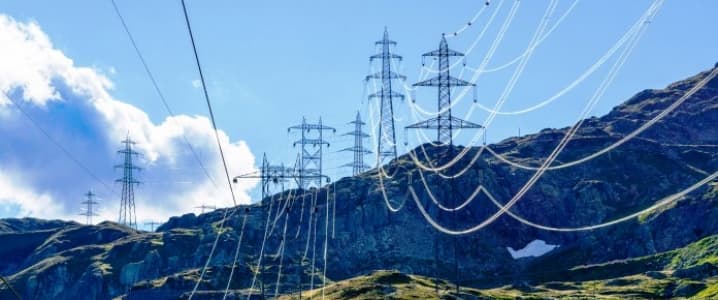In 2017, US Electricity Sales Fell by the Greatest Amount Since the Recession

We have reported that the demand for electricity has flat-lined for the first time in 100 years. Today, a report from eia.gov shows that overall electricity sales in 2017 were the lowest since the recession in 2009.
US retail electricity sales fell by 80 billion kWh in 2017, a 2% decrease from the previous year. Total retail electricity sales were 3,685 billion kWh, nearly the same as they were over a decade ago, in 2006.

Source: eia.gov
There are many factors that attribute to this decrease. Americans are becoming more energy-efficient and, therefore, the demand for electricity isn’t growing at the rate it was in the past. More and more businesses and residents are going “off the grid” and investing in renewable energy technology. Also, electricity rates in specific areas of the country also contribute to the decline in sales.
However, the biggest factor to contribute to this decline was the weather. 2017 was a mild year for heating or cooling degree days (days in which heat or air conditioning is in high demand). Since almost all air conditioners are powered by electricity, warmer summers typically result in higher electricity sales. In 2017, cooling degree days dropped 9% compared to 2016, indicating a much cooler summer.

Source: eia.gov
Although there are fuels besides electricity such as natural gas, propane, and burning oil to produce heat, electricity use also increases in colder weather. In the south, where homes and business are more likely to use electricity to heat their homes, heating degree days were 10% lower in 2017 than in 2016. Overall, heating degree days dropped 1% in the US in 2017.

Source: eia.gov
The residential and business sector account for nearly 75% of all electricity sales in the US, and the industrial sector making up the rest. All 3 sectors declined in their overall energy sales in 2017, with the industrial and residential sector seeing the steepest drop-off.
